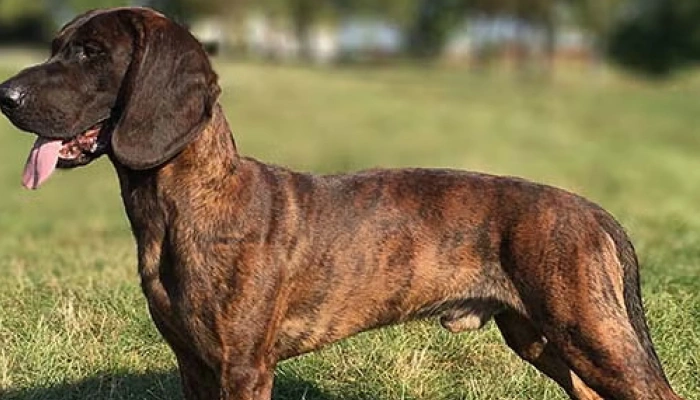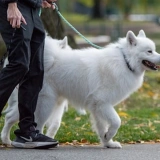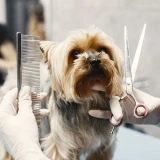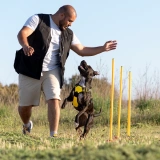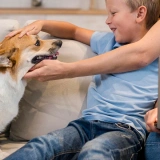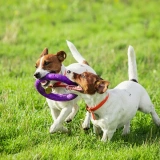The Hanoverian Scenthound is calm, serious, and highly scent-driven. It thrives when used for its intended work—blood tracking—but can adapt to home life with proper exercise and leadership. Because of its strong tracking instinct, off-leash time in open areas should be avoided unless the dog is well-trained and in a secured environment.
This breed is not ideal for first-time owners. It demands mental engagement, confident handling, and early socialization to ensure it doesn’t become overly reserved or independent.
Grooming needs are minimal thanks to the short, dense coat, but routine care is still important. Health-wise, Hanoverians are generally robust, though hip and elbow issues can occur.

